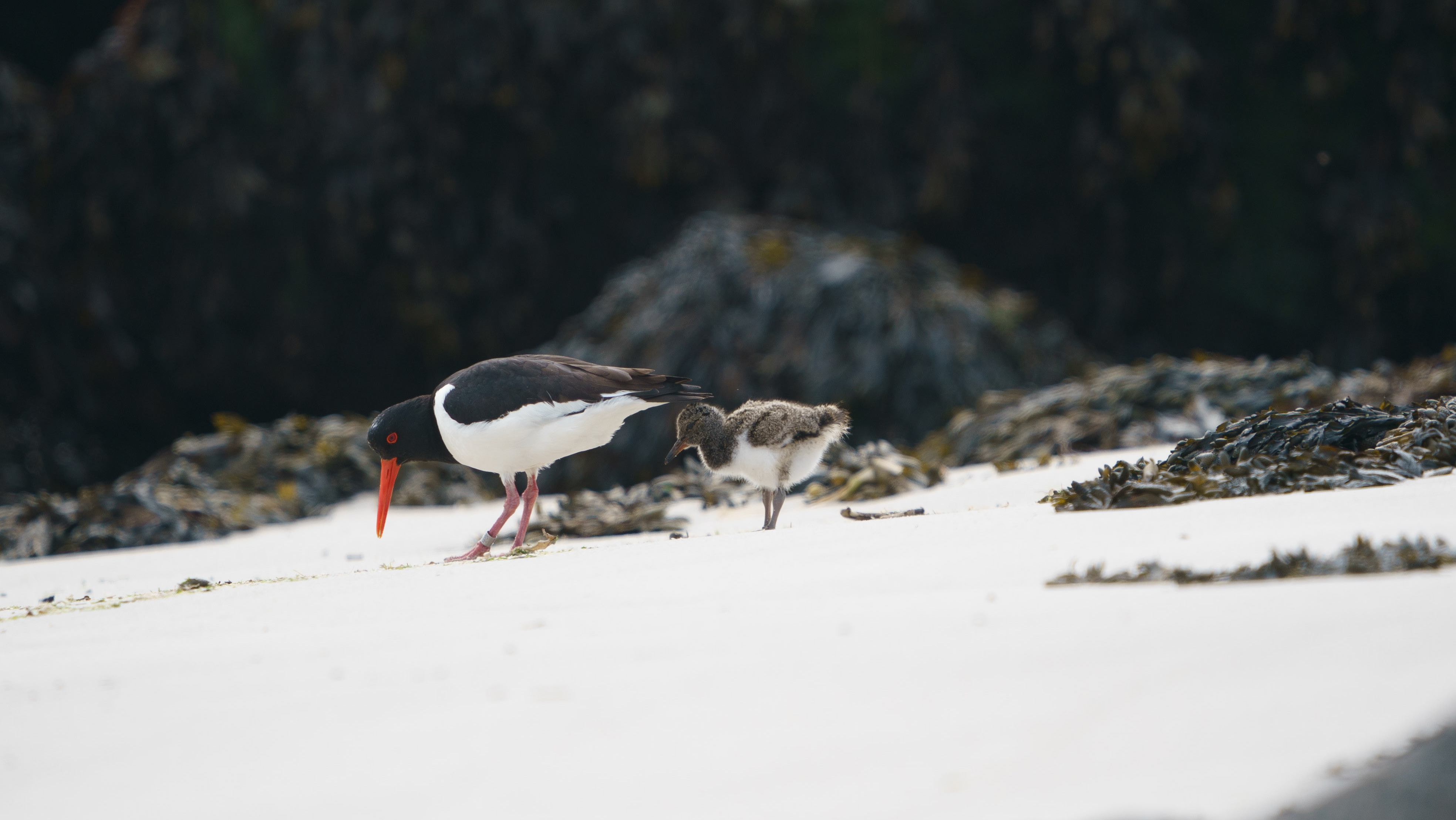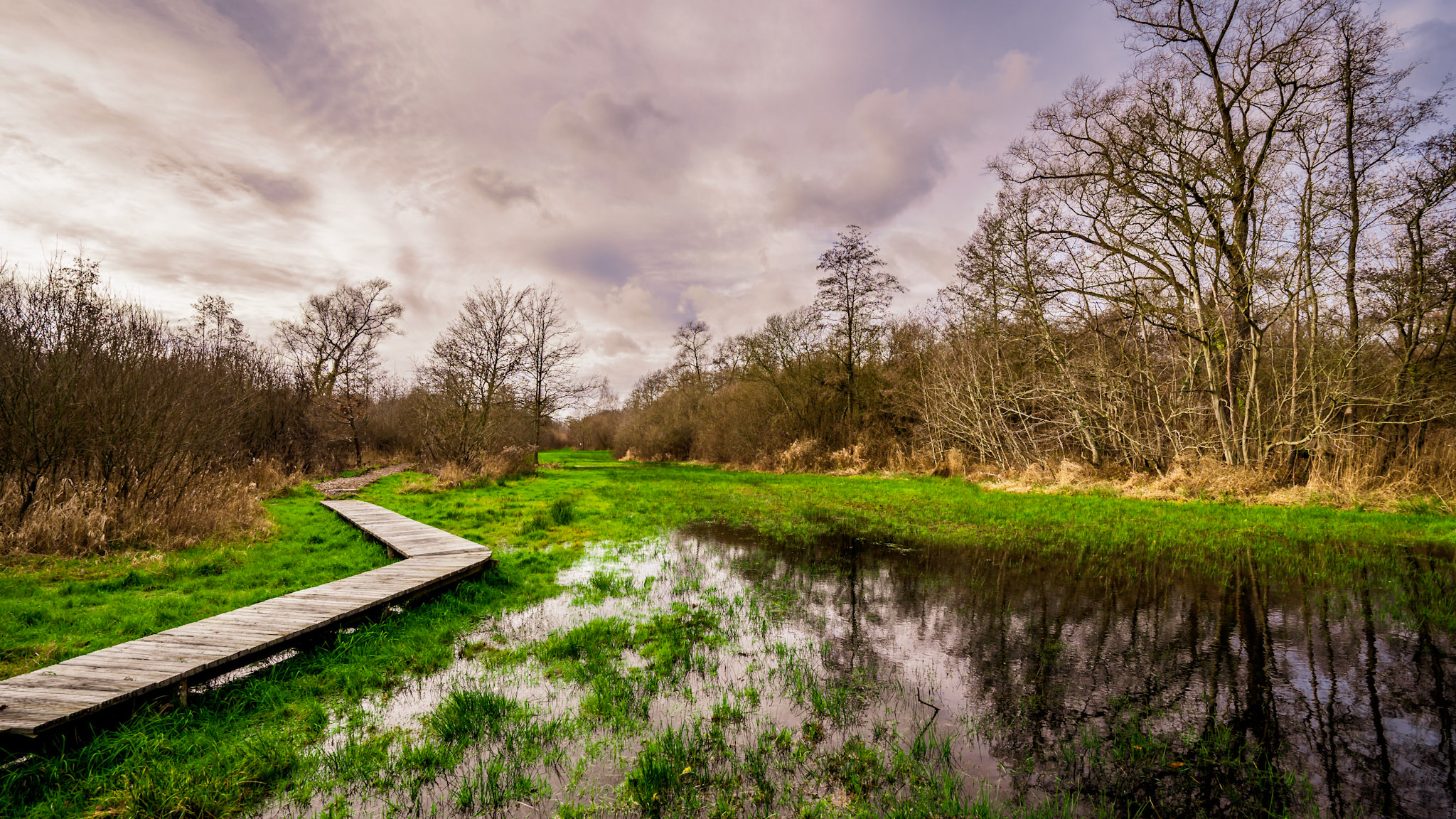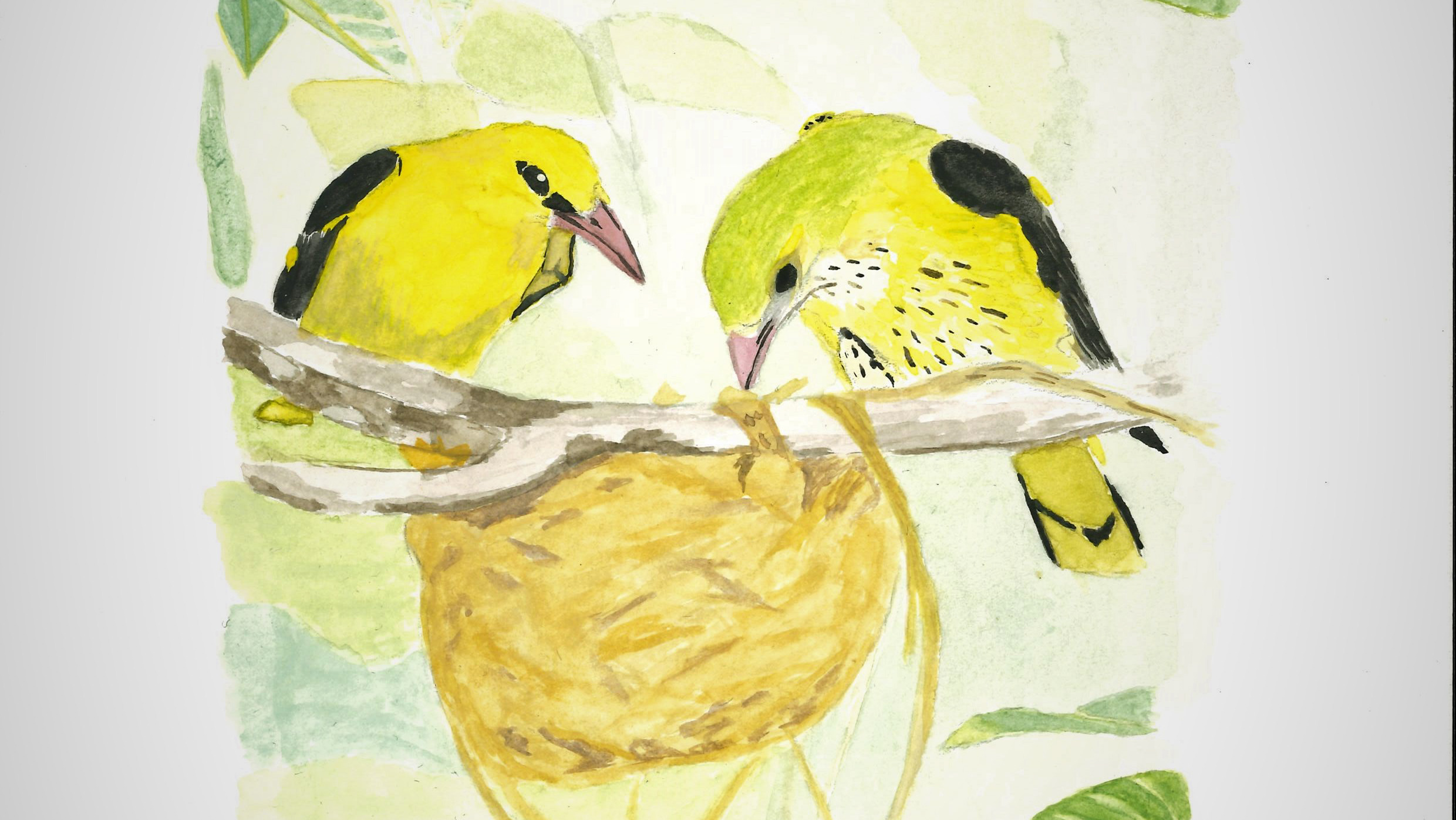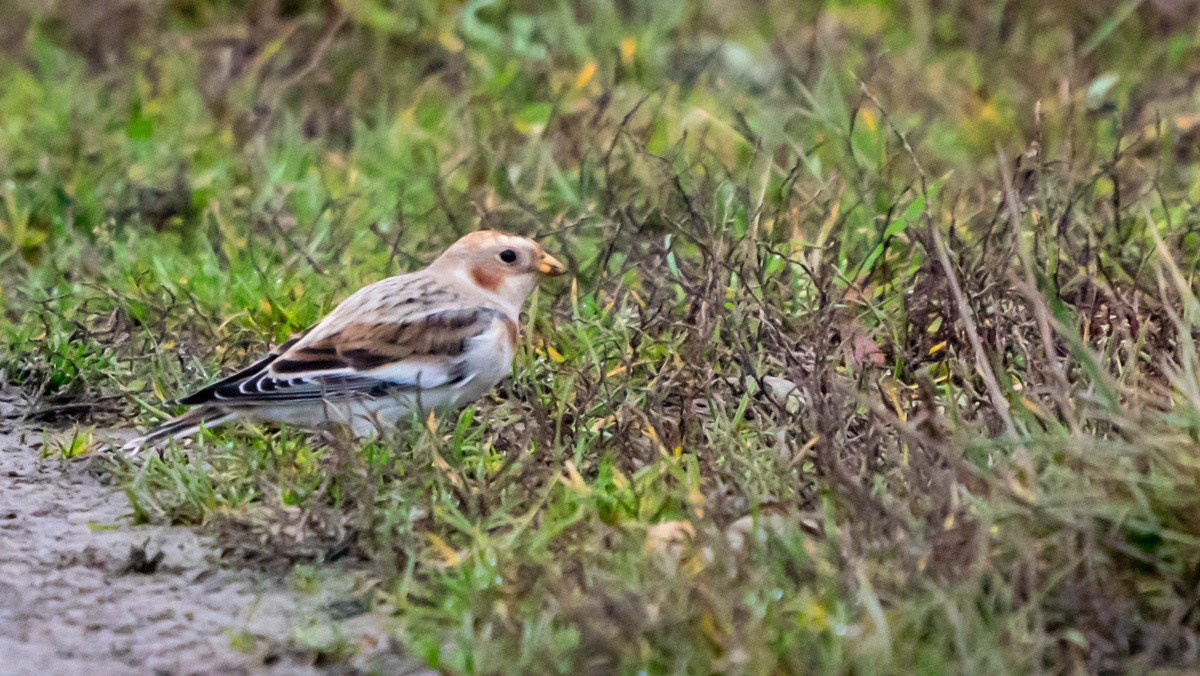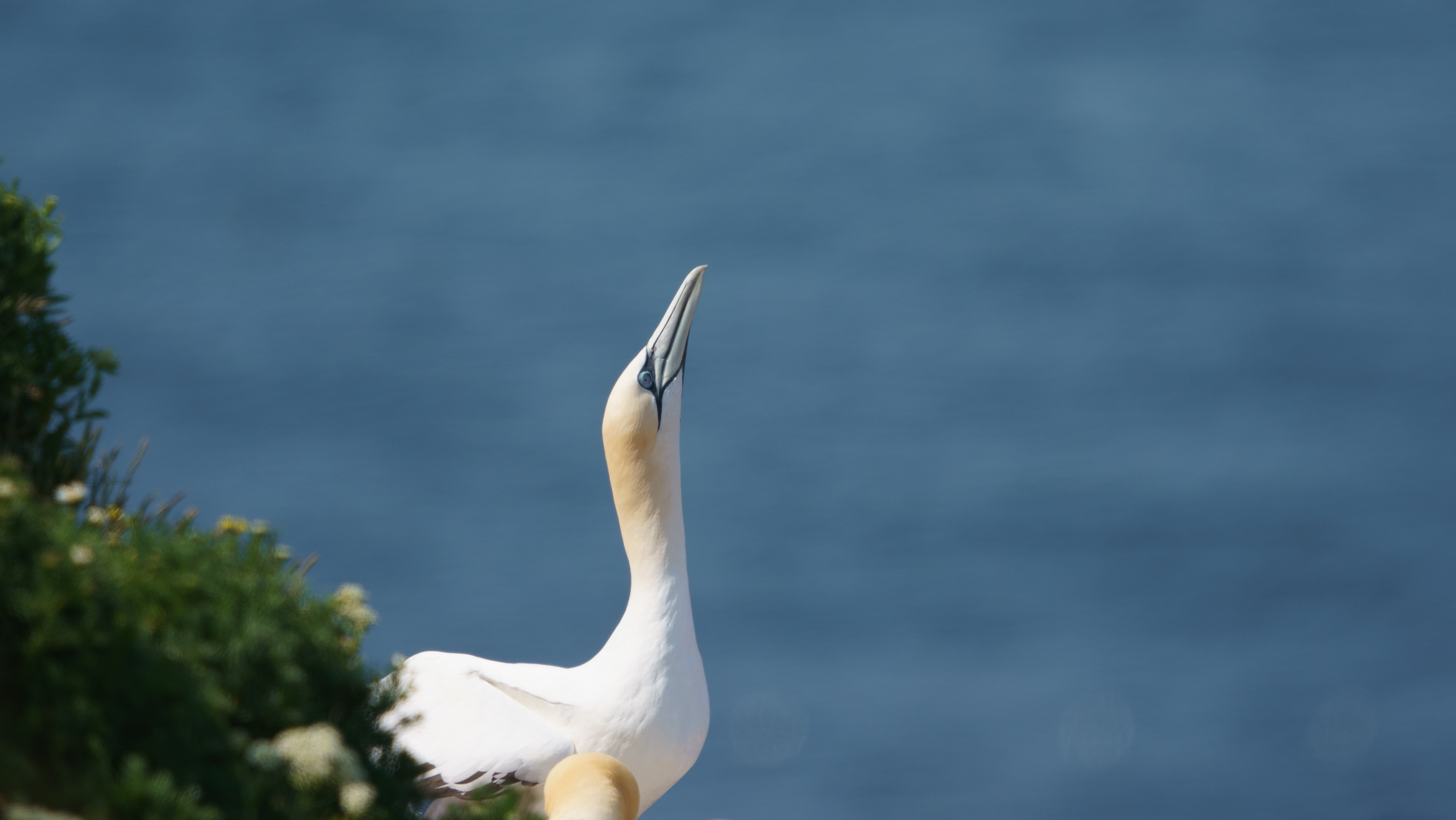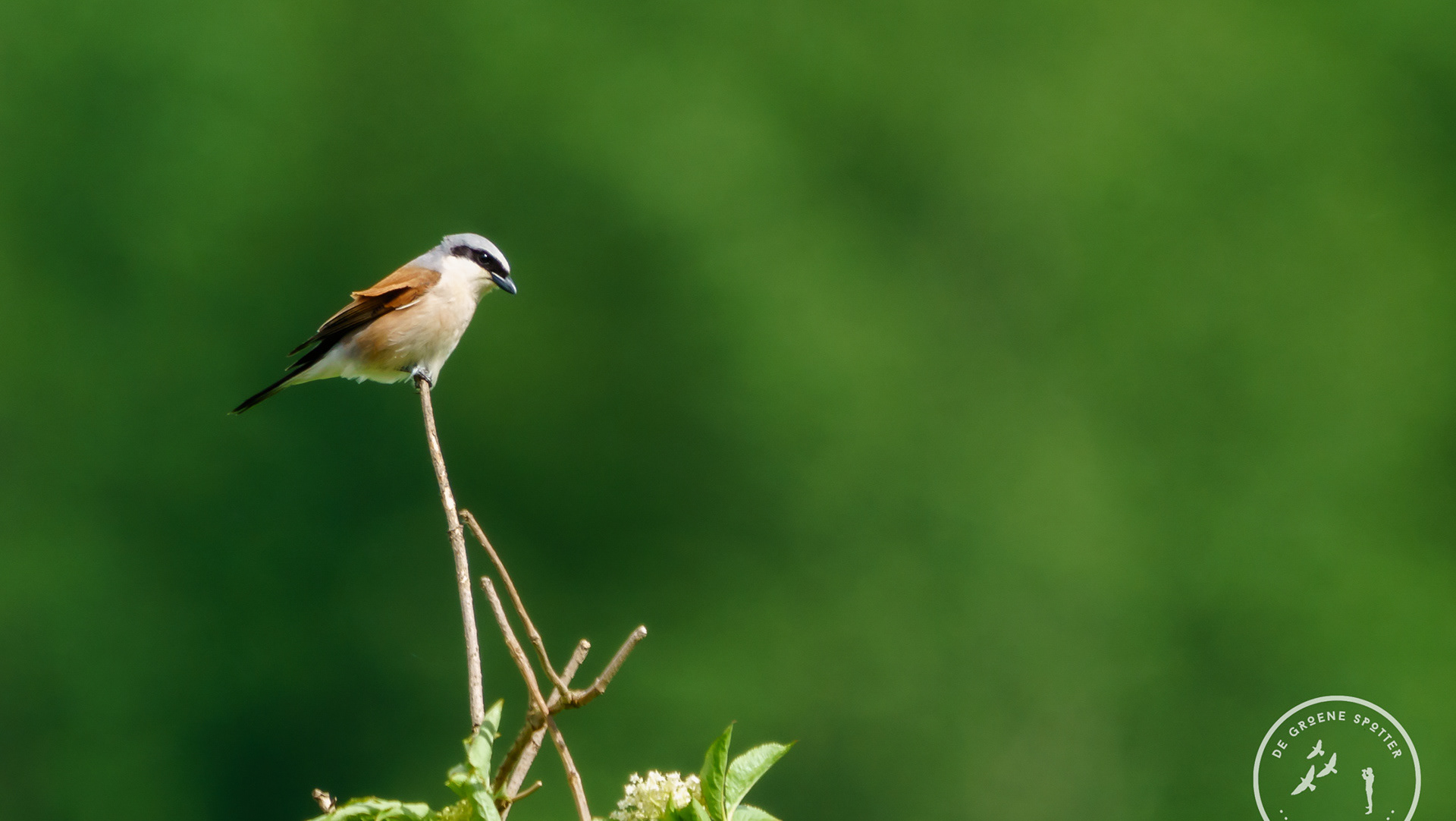Innovative and sporting were the best-known characteristics of Prince Philip, consort of former Queen Elizabeth II. The prince's knowledge of birds was initially limited only to the species that he hunted in the company of his godfather, Louis Mountbatten, and his father-in-law, King George VI (Bertie to friends).
It is mainly after his 2 tours of duty that his passion for animals and conservation was further developed. Thus, he became a member, president or founder of more than 700 organisations, including World Wildlife Fund (WWF) and British Trust for Ornithology (BTO).
From 1956 to 1957, Philip travelled around the world, without Her Majesty this time, on the royal yacht Britannia. On his first trip, the aim was to open the Olympics in Melbourne and then visit the remote British Isles. His first boat trip took him from Tanzania, Sri Lanka (formerly Ceylon), New Guinea, Australia, New Zealand and then on to the British Isles via the Antarctic Circle.
On his route, he encountered the following islands: Deception Island, Falklands, South Georgia, Gough Island, Tristan da Cunha and Ascension Island.
During this trip, he found great satisfaction in spotting and photographing birds.
In 1959, he returned to the Pacific before visiting Pakistan and Afghanistan. The return home took him via the Panama Canal and the tropical havens of the Caribbean.
He wrote a book about these two tours of duty, titled "Birds from Britannia", with map of the route travelled and illustrations of the various species.
He wrote a book about these two tours of duty, titled "Birds from Britannia", with map of the route travelled and illustrations of the various species.
Indeed, he was a great fanatic of his Hasselblad camera, which he regularly took with him on his subsequent trips.
Not only during his tours of duty did he find his occupation of peering at birds here and there, but he also made more work of it at home.
At Sandringham House, he commissioned groundskeepers to install twin viewing huts at the ponds. Two identical huts, one for him and one for former Queen Elizabeth II. She too loved bird watching and also became a patron of RSPB (Royal Society for the Protection of Birds). The two viewing huts were therefore given the typical names, His & Hers.
At Sandringham House, he commissioned groundskeepers to install twin viewing huts at the ponds. Two identical huts, one for him and one for former Queen Elizabeth II. She too loved bird watching and also became a patron of RSPB (Royal Society for the Protection of Birds). The two viewing huts were therefore given the typical names, His & Hers.
I will still remember Prince Philip as a go-getter and nature fanatic than as a hunter with a "difficult" character.
He was a man of principles, but someone who certainly did not dwell on old ways and he was always looking to the future and how to improve nature management on the royal estates.
He was a man of principles, but someone who certainly did not dwell on old ways and he was always looking to the future and how to improve nature management on the royal estates.
On the train to work, I enjoy his book Birds From Britannia and how he can write without shame about some of the events during the 2 first tours of duty. Highly recommended reading.
